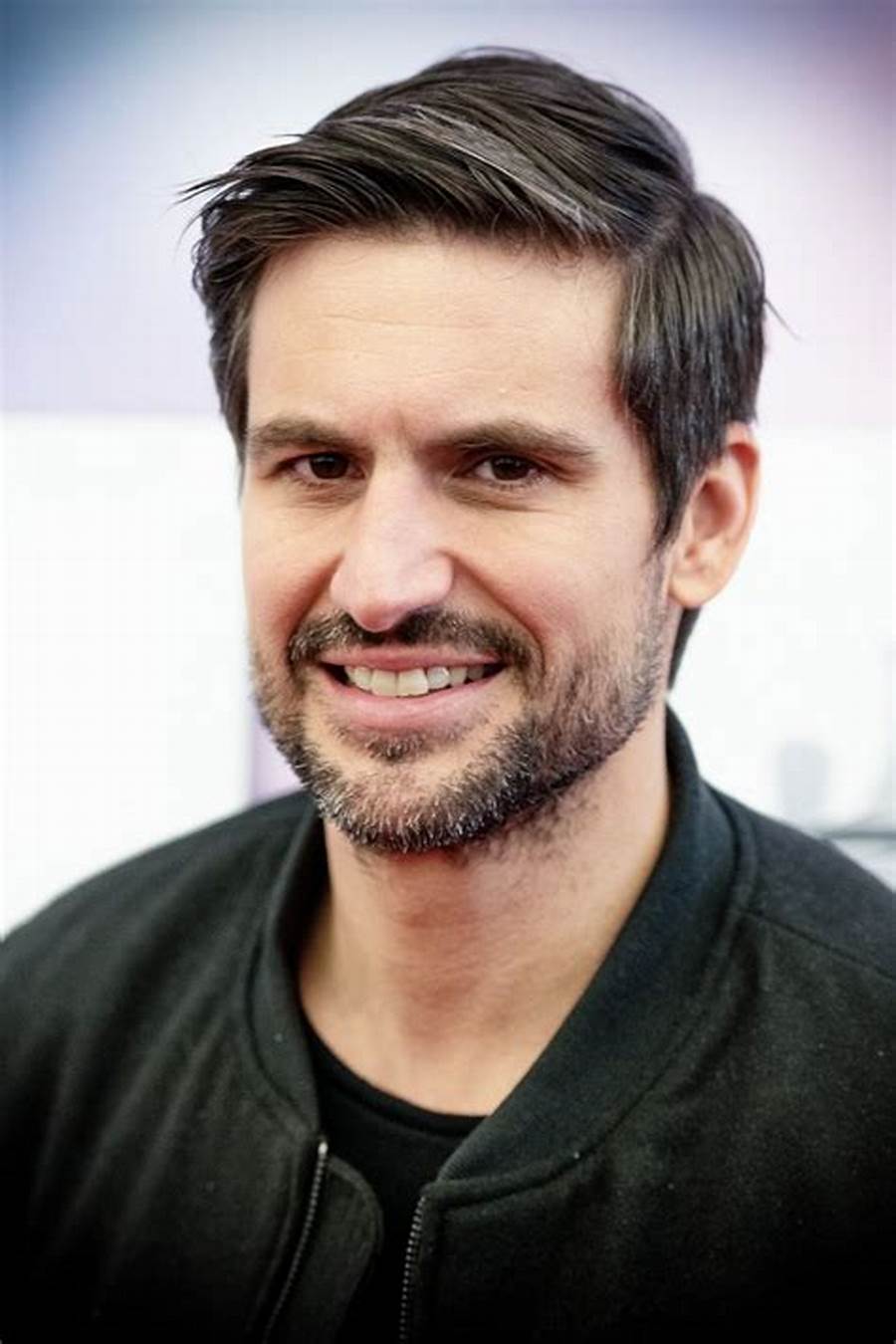Reader’s letter This is a debate entry, written by an external contributor. The post expresses the author’s views.
Media must demonstrate openness regarding underlying conditions and different views that are relevant to public perception of the content. When it comes to climate, it largely seems to be lost in the competition for the most clicks via anxiety-inducing headlines. Only creativity can stop journalists from getting lots of clicks on positive stories. So where’s the good news?
Activist, politicians, researchers and others clearly put forward their solutions, contentions and thoughts. They often make headlines and further framing in the media such as “Here are the crazy people again who will brainwash us into eating rabbit food, wearing holes in clothes, driving trains. There is no understanding of what oil money has done for us” . Maybe it’s not so strange that we don’t believe that there is good climate news out there, when most of those who try to say something positive instead find it hysterical and far from what most people do. Even we know that eating more vegetables will be better for our health. Buying used items and repairing them will be good for our wallet. By changing ourselves, we can lead, inspire others to live better and have more money. Which also happens to be good for the climate. The more people do this, the more people will take action. Your social network will in turn influence the people around you. That’s what it’s all about. That we will get better.
But it didn’t show up. So we say: “Why should we make changes when he and she, such and such a country, don’t?”. In fact, India has reduced its emissions by 33% over 14 years. Oil projects in the Amazon have been halted. Oil drilling in the world’s largest inland delta has been halted. The population of several rare species in Africa is now continuing to increase, such as the white rhino in the Congo. Hawaii’s coral reefs must be restored. We can only see this news and many others if we really look for it. Where should one start looking for something like that?
Negative news on the other hand, we are served daily, easily accessible, around the clock. If you compare English-language international news with major Norwegian media, you will see that those who read newspapers such as CNN, BBC and Al Jazeera have easier access to information about positive climate news and solutions. They read articles full of information about background information, what caused the discussion, what decided something and how it went. In Norway, the same story might get a small notification in a scrolling news feed. There is no information about what caused something to happen, what happened then and what will happen now. Maybe our views on climate are about which sources we use and the criticism we give those sources?
This is definitely more complicated than that and it’s not that simple. Most of us don’t want to read international news, even though national, and perhaps local, news is the most important thing. Habits are also not easy to change. Correct information will still be able to provide a more comprehensive picture of the situation. Positive news about climate change is part of the overall picture of the climate crisis. Every day, simple people, organizations and people make huge progress for nature, health, and our shared global future. This is complicated, but access to the whole picture is something that the media should provide and is something that is lacking in the current media picture. In this case, it is very important to demand this. The whole picture. Good and positive news. I could say like Blekkulf: “No one can do everything, but everyone can do a little.” Tell me further. Tell me further. Tell me further.”
That blekkulf. He’s not that stupid.
Wild Chefmedia and communication and psychology undergraduate student, Øyer

“Hardcore zombie fan. Incurable internet advocate. Subtly charming problem solver. Freelance twitter ninja.”





